When it comes to survival in the wild, the jungle is a theater of masterful strategies and ruthless execution. The most dangerous predators use techniques that range from clever to downright bone-chilling.
1. Stalking With Surgical Precision
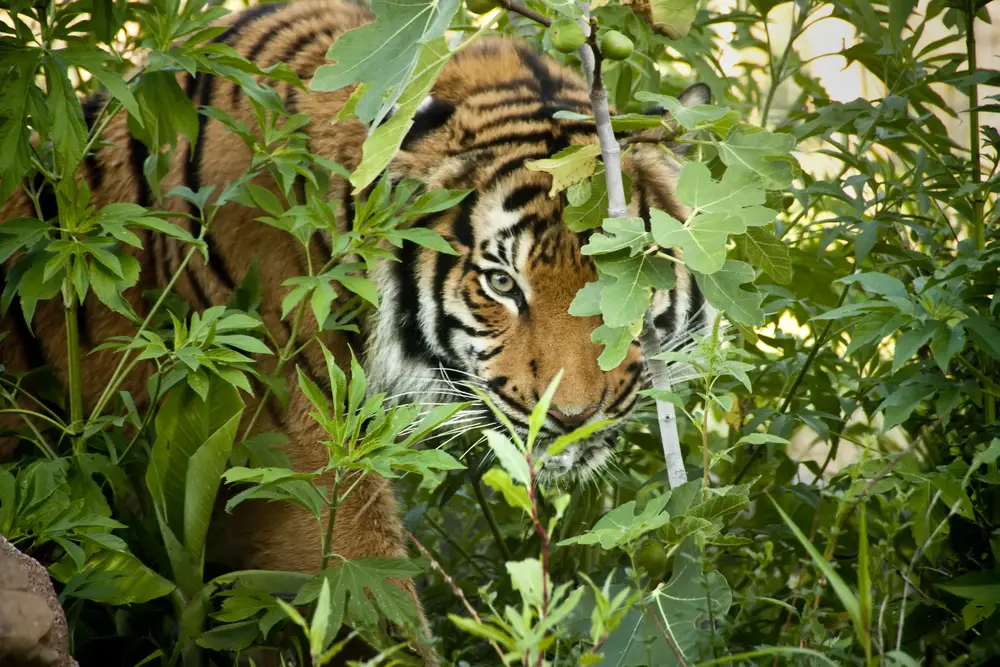
Predators like jaguars and tigers don’t just leap at any chance to attack; they spend hours, even days, studying their prey’s patterns. These cats slink through the shadows, blending seamlessly into their environment, until the perfect opportunity arises. The patience they exhibit is almost unnerving—it’s a game of mental chess, with life and death as the stakes. This slow-burn approach ensures their energy is conserved and their odds of success are maximized.
2. Ambushing From the Canopy
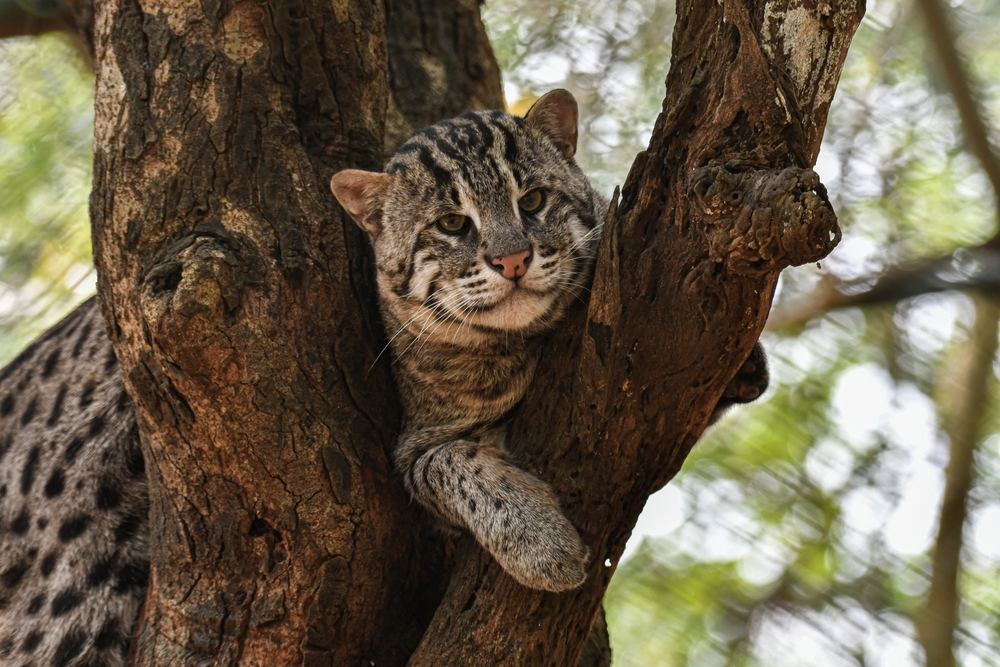
Jungle predators like leopards and tree-dwelling snakes often prefer the element of surprise, using the dense foliage above as a hunting perch. They wait in near-total stillness, their bodies coiled like spring-loaded traps. When the moment is right, they strike with breathtaking speed. The prey rarely has time to react, and the ambusher’s aerial vantage point gives them a distinct advantage. It’s a deadly combo of gravity, stealth, and sheer agility.
3. Mimicking Innocence
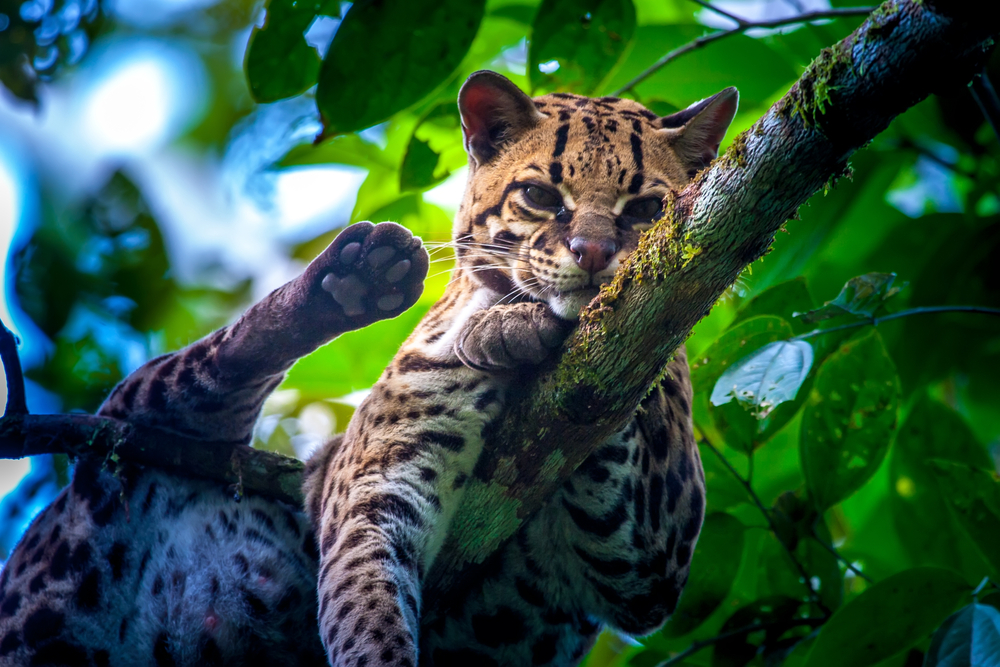
Deception is a jungle predator’s secret weapon, and few do it better than the margay. This small wildcat mimics the calls of its prey—like baby monkeys—luring them into a false sense of security. Once the victim approaches, the margay pounces, turning what seemed like an innocent interaction into a fatal encounter. It’s a chilling reminder that in the jungle, not everything is as it seems.
4. Luring Prey With Camouflage
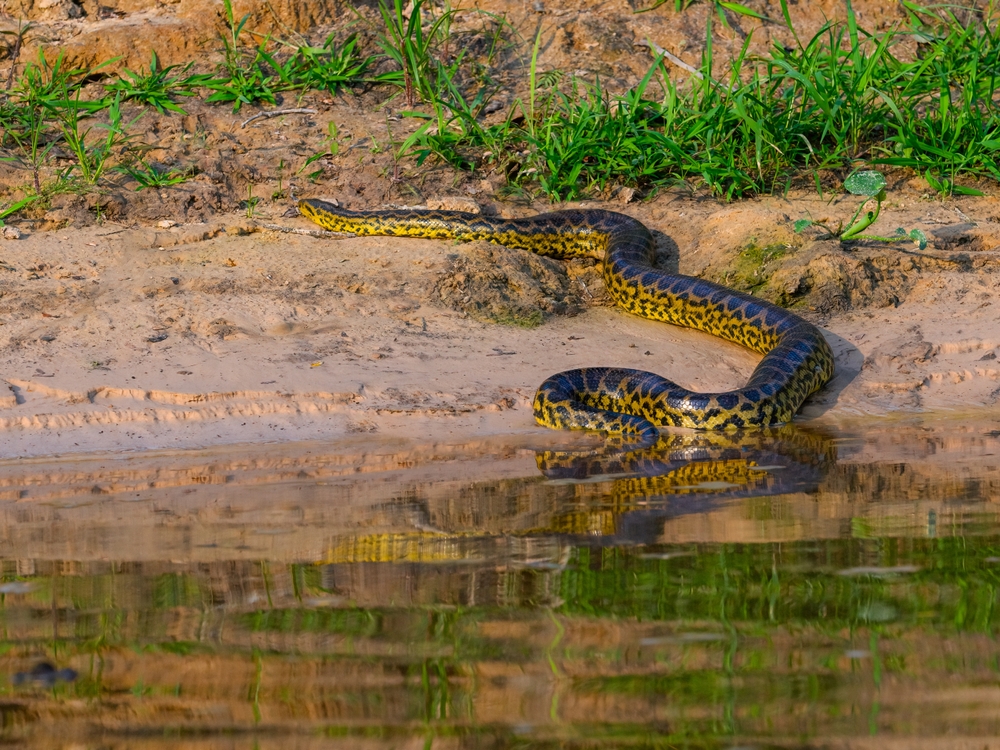
Crocodiles and anacondas take the art of camouflage to extremes, disappearing into the murky waters of rivers and swamps. They lie motionless for hours, their bodies blending so perfectly with the surroundings that prey often steps directly into their jaws. This stillness is their superpower, allowing them to strike with terrifying speed and precision when the moment arises.
5. Weaponizing Venom
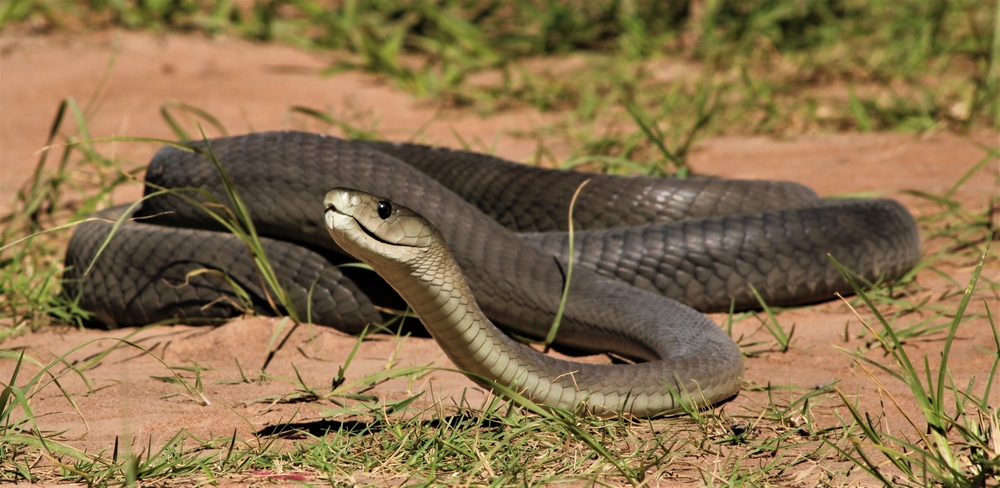
Certain jungle hunters, like the black mamba and Brazilian wandering spider, turn the act of hunting into a biochemical battle. They rely on venom to paralyze or kill their prey, ensuring that resistance is futile. These predators don’t just chase; they inject. Their strikes are as swift as they are fatal, leaving victims helpless within seconds. It’s a brutal yet effective strategy that turns a bite into a lethal injection.
6. Exploiting Weaknesses
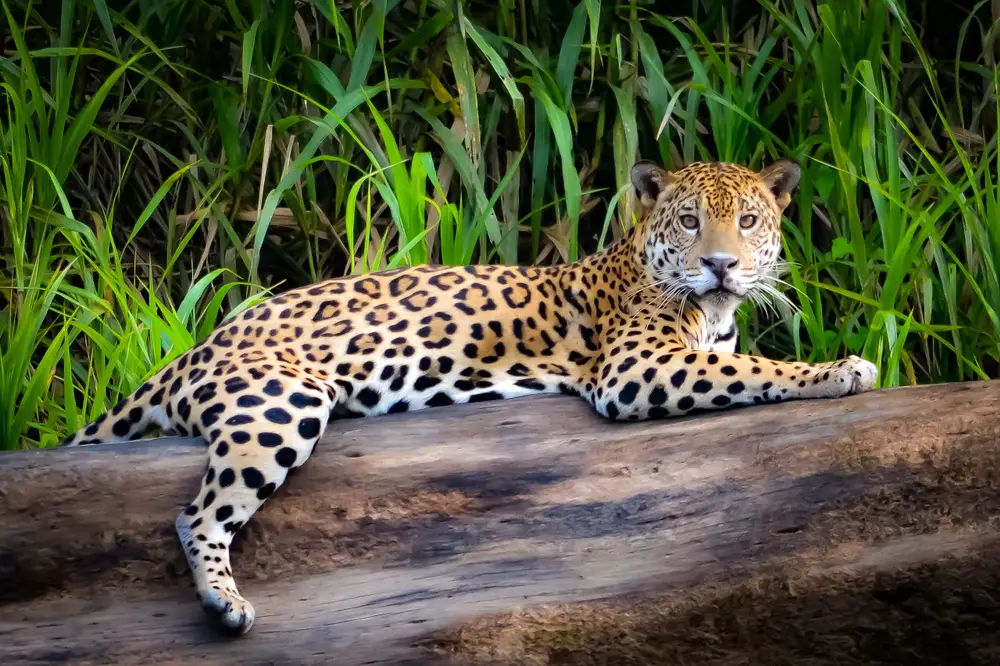
Big cats like jaguars know their prey inside and out, often targeting weak points to ensure a swift kill. Jaguars, for example, are known to bite through the skulls of smaller animals, delivering an instant fatal blow. It’s a morbidly efficient method that showcases their understanding of anatomy. These predators don’t just overpower their victims—they outthink them.
7. Harnessing Pack Tactics

Lone hunters may get the glory, but jungle pack predators like African wild dogs and some species of ants prove there’s strength in numbers. Coordinated attacks allow them to overwhelm larger prey with speed and teamwork. Every move is synchronized, creating an inescapable net around the victim. It’s not just hunting—it’s a symphony of survival orchestrated to perfection.
8. Using Water as a Weapon
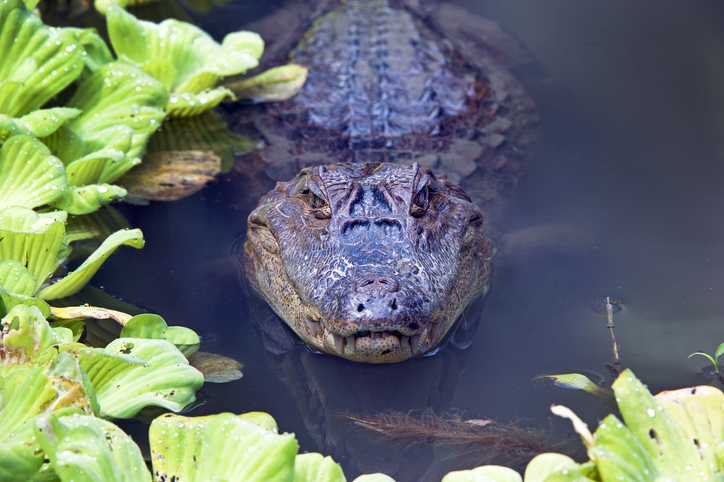
Aquatic hunters like caimans and pythons have mastered the art of using water as an ally. They drag unsuspecting prey into rivers or swamps, exploiting the resistance of water to subdue their victims. Once submerged, the predator has the upper hand, suffocating or disorienting its prey before the final kill. It’s a ruthless strategy that ensures there’s no way out.
9. Adapting to Changing Conditions
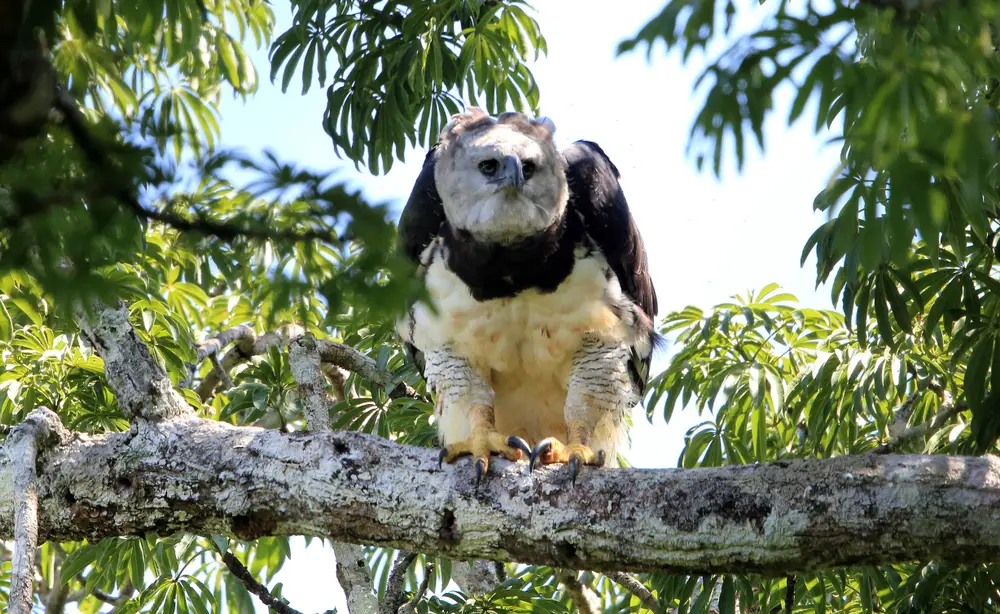
Jungle predators like harpy eagles and ocelots thrive by being flexible hunters. Whether it’s hunting on the ground, in trees, or in flight, these predators adjust their tactics to the environment. Harpy eagles, for instance, can snatch monkeys straight from the treetops with their enormous talons. This adaptability ensures they stay one step ahead in an ever-changing ecosystem.
10. Using Sheer Speed
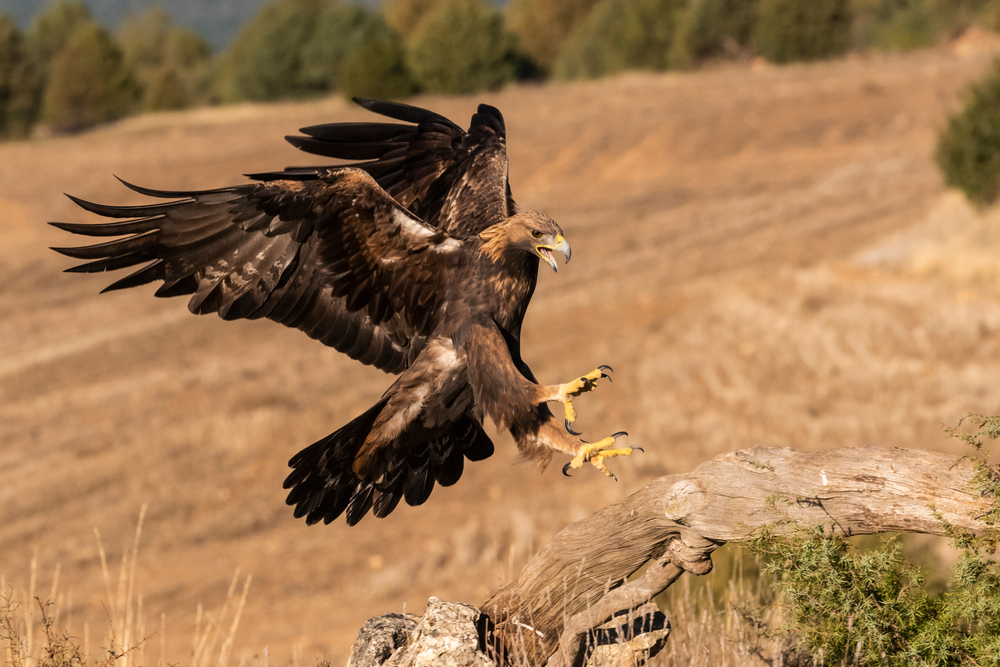
In a jungle filled with obstacles, speed can be the ultimate advantage. Predators like cheetahs and some raptors use bursts of incredible velocity to close the gap between themselves and their prey. It’s not just about being fast—it’s about timing that burst of speed perfectly to ensure a successful strike. Their lightning-quick movements make escape almost impossible, even for the swiftest of prey.
11. Playing the Waiting Game
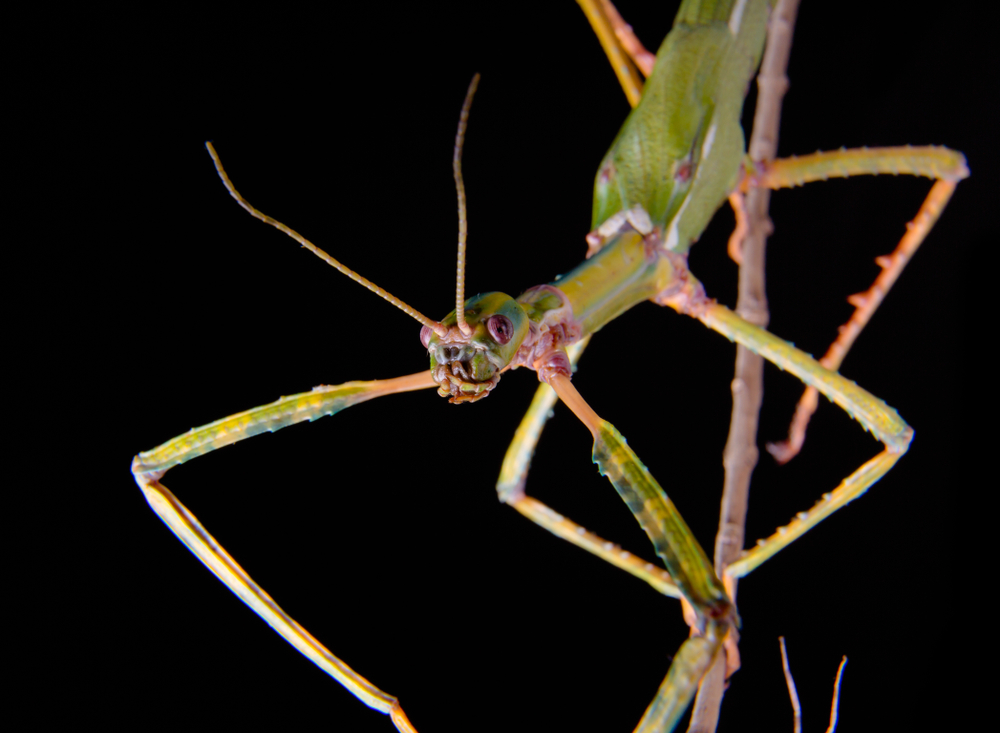
Sometimes, the deadliest strategy is simply patience. Predators like pythons and some insects lie in wait for hours, even days, until their prey comes to them. This method of ambush doesn’t just conserve energy—it turns the predator into a silent, invisible threat. The longer they wait, the more the odds tip in their favor. It’s a reminder that in the jungle, time is a weapon.
